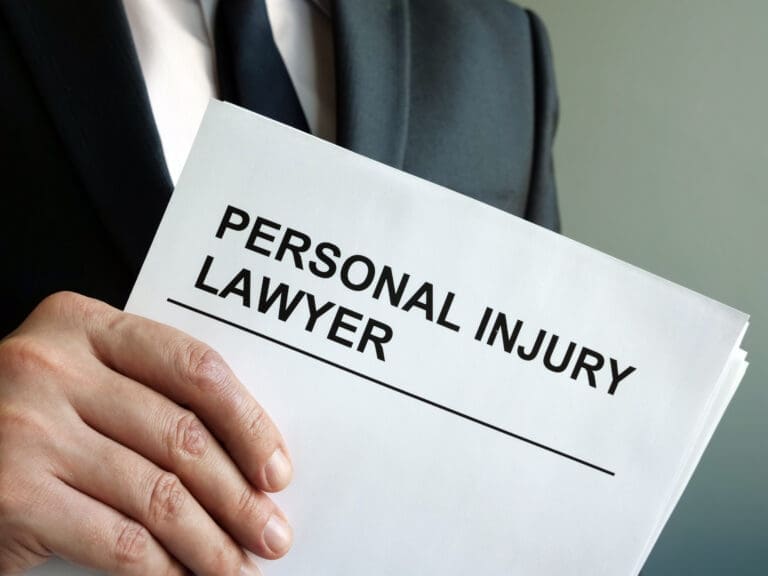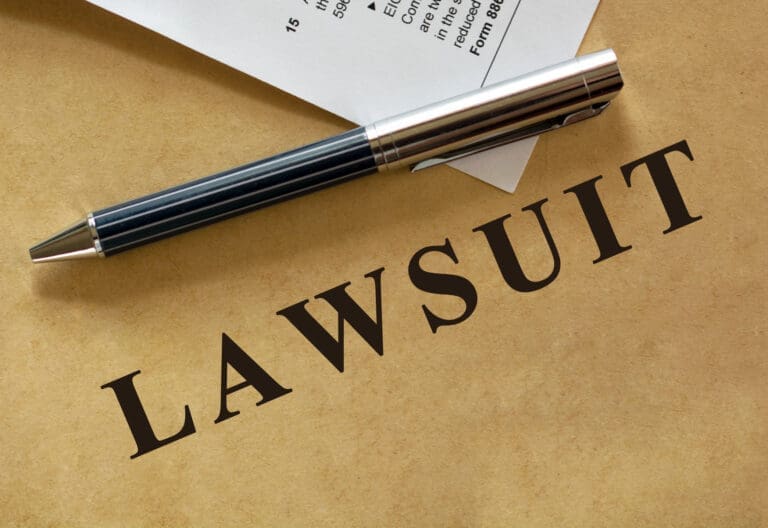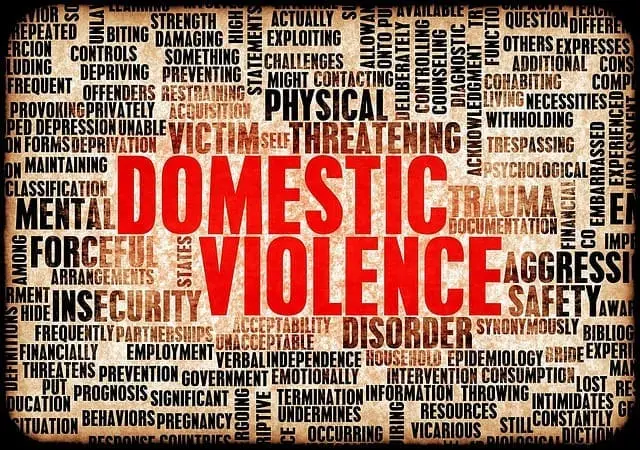
Public safety is a fundamental aspect of any community, ensuring that citizens can live, work, and play in secure environments. Legal measures play a crucial role in maintaining and enhancing public safety, providing the framework and tools necessary for effective community protection. This article delves into the legal aspects of public safety, exploring key strategies, legal frameworks, and community protection measures designed to ensure the safety and security of all citizens.
Understanding Public Safety Laws
Public safety laws encompass a broad range of regulations and statutes aimed at protecting the health, safety, and welfare of the public. These laws are enforced by various government agencies at the federal, state, and local levels. They cover areas such as crime prevention, emergency response, traffic safety, and public health.
Crime Prevention and Law Enforcement
Crime prevention is a critical component of public safety. Law enforcement agencies, such as the police and sheriff’s departments, are responsible for enforcing laws, preventing crime, and maintaining public order. They work in conjunction with the judicial system to ensure that offenders are prosecuted and justice is served.
Community policing is an effective crime prevention strategy that fosters collaboration between law enforcement and the community. By building trust and encouraging community engagement, police officers can better understand and address the specific safety concerns of the neighborhoods they serve. This proactive approach helps to prevent crime and enhance overall public safety.
Legal frameworks such as the Community Oriented Policing Services (COPS) program provide funding and resources to support community policing initiatives. The COPS program helps law enforcement agencies develop innovative strategies to address crime and build stronger relationships with the communities they protect.
Emergency Response and Preparedness
Eficaz emergency response is essential for public safety, particularly in the face of natural disasters, accidents, and other emergencies. Legal frameworks such as the Stafford Act provide the basis for federal disaster response and assistance. The Federal Emergency Management Agency (FEMA) coordinates federal efforts to prepare for, respond to, and recover from disasters.
State and local governments also play a vital role in emergency preparedness. They develop and implement emergency plans, conduct training and exercises, and ensure that first responders have the necessary resources and equipment. Public safety laws mandate that these agencies coordinate with federal partners and other stakeholders to ensure a comprehensive and effective response to emergencies.
Traffic Safety and Regulations
Traffic safety is another important aspect of public safety. Laws and regulations governing road use, vehicle standards, and driver behavior are designed to reduce accidents and protect road users. Agencies such as the National Highway Traffic Safety Administration (NHTSA) develop and enforce these regulations.
Key traffic safety measures include speed limits, seat belt laws, and impaired driving laws. These regulations are enforced through a combination of law enforcement activities, public awareness campaigns, and technological innovations such as speed cameras and breathalyzer tests. By promoting safe driving behaviors and improving road infrastructure, these measures help to prevent accidents and save lives.
Public Health and Safety
Public health laws are integral to public safety, addressing issues such as disease prevention, food safety, and environmental health. These laws are enforced by public health agencies at the federal, state, and local levels.
Disease Prevention and Control
Disease prevention is a critical public health function, particularly during outbreaks and pandemics. Laws such as the Public Health Service Act provide the legal basis for disease control efforts. The Centers for Disease Control and Prevention (CDC) plays a leading role in these efforts, conducting research, providing guidance, and coordinating response activities.
Public health measures such as vaccination programs, quarantine and isolation orders, and travel restrictions are used to control the spread of infectious diseases. These measures are supported by legal frameworks that ensure their implementation and enforcement. Public health agencies work closely with healthcare providers, law enforcement, and other stakeholders to protect public health and safety.
Food Safety and Environmental Health
Food safety laws regulate the production, processing, and distribution of food to prevent contamination and ensure that food products are safe for consumption. The Food and Drug Administration (FDA) and the Department of Agriculture (USDA) are responsible for enforcing these regulations.
Environmental health laws address issues such as air and water quality, hazardous waste management, and pollution control. Agencies such as the Environmental Protection Agency (EPA) develop and enforce these regulations to protect public health and the environment. Legal frameworks such as the Clean Air Act and the Clean Water Act provide the basis for these efforts.
Community Protection Strategies
Effective community protection involves a combination of legal measures, community engagement, and collaborative efforts among various stakeholders. By implementing comprehensive strategies, communities can enhance their safety and resilience.
Community Engagement and Education
Community engagement is essential for public safety. By involving community members in safety initiatives and decision-making processes, public safety agencies can better understand and address the specific needs and concerns of the community.
Public education campaigns play a crucial role in promoting safety awareness and encouraging safe behaviors. These campaigns can address a wide range of issues, from crime prevention and emergency preparedness to traffic safety and public health. By providing information and resources, public education efforts empower individuals to take an active role in protecting themselves and their communities.
Collaboration and Partnerships
Collaboration among public safety agencies, community organizations, and private sector partners is key to effective community protection. Partnerships can enhance resource sharing, improve coordination, and foster innovation.
For example, public-private partnerships can support the development and implementation of new technologies for crime prevention and emergency response. Collaborative efforts among law enforcement, public health agencies, and community organizations can improve the effectiveness of public safety initiatives and ensure that resources are used efficiently.
Technology and Innovation
Advancements in technology have significantly improved public safety capabilities. From surveillance systems and communication tools to data analytics and artificial intelligence, technology plays a vital role in enhancing community protection.
Surveillance systems, such as closed-circuit television (CCTV) cameras and automated license plate readers, help law enforcement monitor and respond to criminal activity. Communication tools, such as emergency notification systems and social media platforms, enable public safety agencies to disseminate information quickly and effectively.
Data analytics and artificial intelligence (AI) can enhance predictive policing, helping law enforcement agencies anticipate and prevent criminal activity. These technologies can also improve emergency response by providing real-time information and facilitating coordination among first responders.
Legal Considerations for Public Safety Agencies
Public safety agencies must navigate various legal considerations to ensure that their actions are lawful and effective. These considerations include issues related to civil rights, privacy, and accountability.
Civil Rights and Privacy
Protecting derechos civiles and privacy is essential for maintaining public trust and ensuring that public safety measures are implemented fairly and justly. Laws such as the Fourth Amendment to the U.S. Constitution protect individuals from unreasonable searches and seizures, ensuring that law enforcement actions are conducted within legal boundaries.
Public safety agencies must also comply with laws and regulations related to privacy and data protection. This includes safeguarding personal information collected through surveillance and other public safety activities. Agencies must implement policies and procedures to protect privacy while balancing the need for effective public safety measures.
Accountability and Oversight
Accountability and oversight are crucial for ensuring that public safety agencies operate transparently and ethically. Mechanisms such as civilian oversight boards, internal affairs divisions, and independent investigations help to maintain accountability and address misconduct.
Public safety agencies must also comply with reporting requirements and transparency laws, providing information to the public and oversight bodies. This helps to build trust and ensure that public safety efforts are conducted in a manner that respects the rights and interests of the community.
The Role of Legal Professionals in Public Safety
Profesionales del Derecho play a vital role in supporting public safety efforts. From advising public safety agencies to representing individuals and businesses affected by public safety laws, legal professionals provide critical expertise and advocacy.
Advising Public Safety Agencies
Attorneys who specialize in public safety law advise agencies on legal matters related to their operations. This includes providing guidance on compliance with laws and regulations, drafting policies and procedures, and representing agencies in legal proceedings.
Legal professionals help public safety agencies navigate complex legal issues, ensuring that their actions are lawful and effective. They also play a key role in developing and implementing public safety initiatives, contributing to the overall safety and security of the community.
Representing Individuals and Businesses
Attorneys also represent individuals and businesses affected by public safety laws. This includes defending clients against criminal charges, challenging regulatory actions, and advocating for civil rights.
Legal professionals provide essential support to clients navigating the legal system, helping them understand their rights and options. They also work to ensure that public safety laws are applied fairly and justly, protecting the interests of their clients and the community.
Trends and Innovations in Public Safety
Emerging trends and innovations are shaping the future of public safety, driven by technological advancements, research, and a growing emphasis on community engagement and collaboration.
Technological Advancements
Technological advancements are transforming public safety, enhancing the capabilities of public safety agencies and improving community protection. Innovations such as body-worn cameras, drones, and biometric identification systems are providing new tools for law enforcement and emergency responders.
Body-worn cameras enhance transparency and accountability, providing a record of law enforcement interactions with the public. Drones offer new capabilities for surveillance, search and rescue, and disaster response. Biometric identification systems improve the accuracy and efficiency of identity verification, enhancing security and public safety.
Research and Data-Driven Approaches
Research and data-driven approaches are informing public safety strategies, helping agencies to make evidence-based decisions and improve outcomes. Studies on crime patterns, public health trends, and emergency response effectiveness provide valuable insights for developing and refining public safety initiatives.
Data-driven approaches involve the use of analytics and machine learning to identify trends, predict risks, and optimize resource allocation. By leveraging data, public safety agencies can enhance their effectiveness and efficiency, ensuring that resources are directed where they are needed most.
Community-Based Approaches
Community-based approaches to public safety emphasize the importance of engaging and empowering community members. These approaches prioritize collaboration, trust-building, and the inclusion of diverse perspectives in decision-making processes.
Community-based public safety programs involve residents in identifying safety concerns, developing solutions, and taking an active role in implementing initiatives. These programs foster a sense of ownership and responsibility, contributing to the overall safety and resilience of the community.
Conclusion: The Path Forward for Public Safety
Enhancing public safety requires a comprehensive approach that encompasses legal frameworks, community engagement, collaboration, and innovation. By implementing effective strategies and leveraging technological advancements, public safety agencies can protect communities and ensure the well-being of all citizens.
Legal professionals play a critical role in supporting public safety efforts, providing expertise and advocacy to ensure that laws are applied fairly and effectively. As public safety challenges continue to evolve, the commitment to protecting civil rights, promoting transparency, and fostering collaboration will be essential for building safer and more resilient communities.
Attorneys.Media Video Document References
- Is Personal Injury Part of Your Law Practice?
- As an Attorney, How Are You Generating Content for Your Online Presence?
- How Can You Help Potential New Clients Get Their Questions Answered?
- How Do You Differentiate Yourself When Someone Looks Online for Help?
- How Do You Differentiate Yourself as a Criminal Defense Attorney?
- Have You Been Thinking About Video Marketing for Your Law Firm?
- Should Attorneys Use Video Marketing to Attract New Clients?
- What Do Potential Clients See When They Research Your Name Online?
- Cómo puede ayudarle Attorneys.Media








